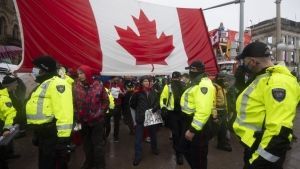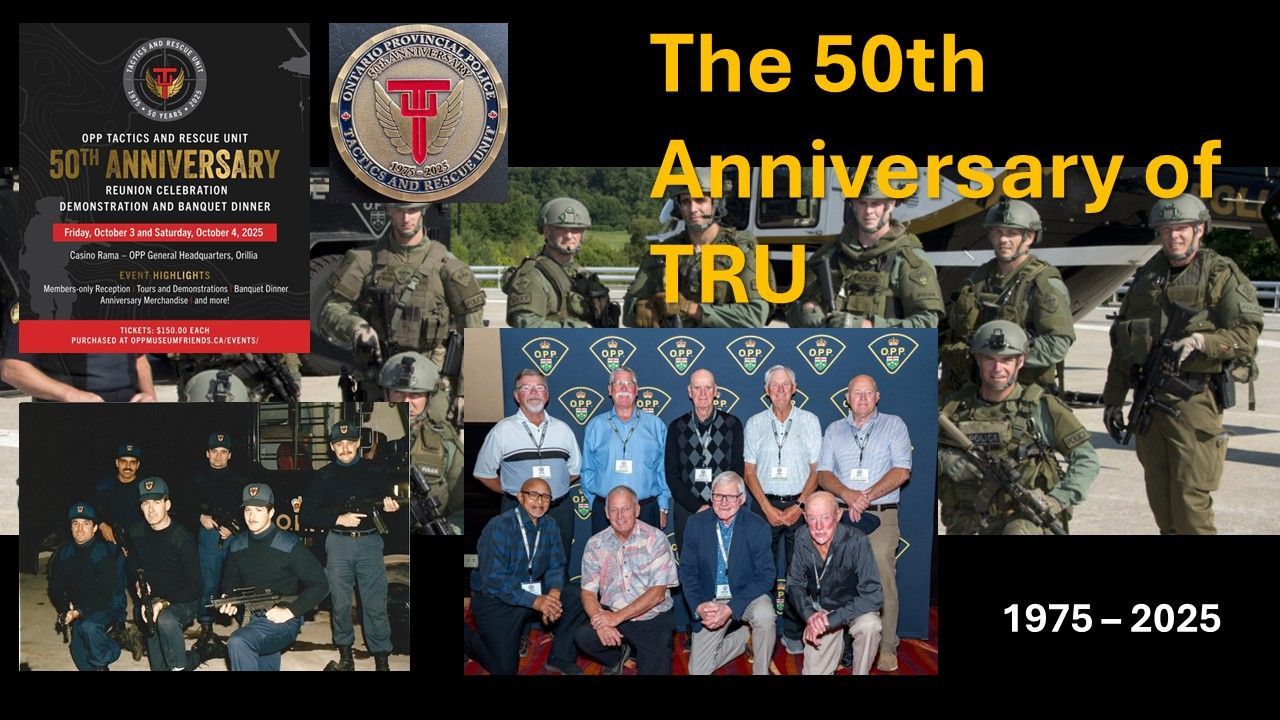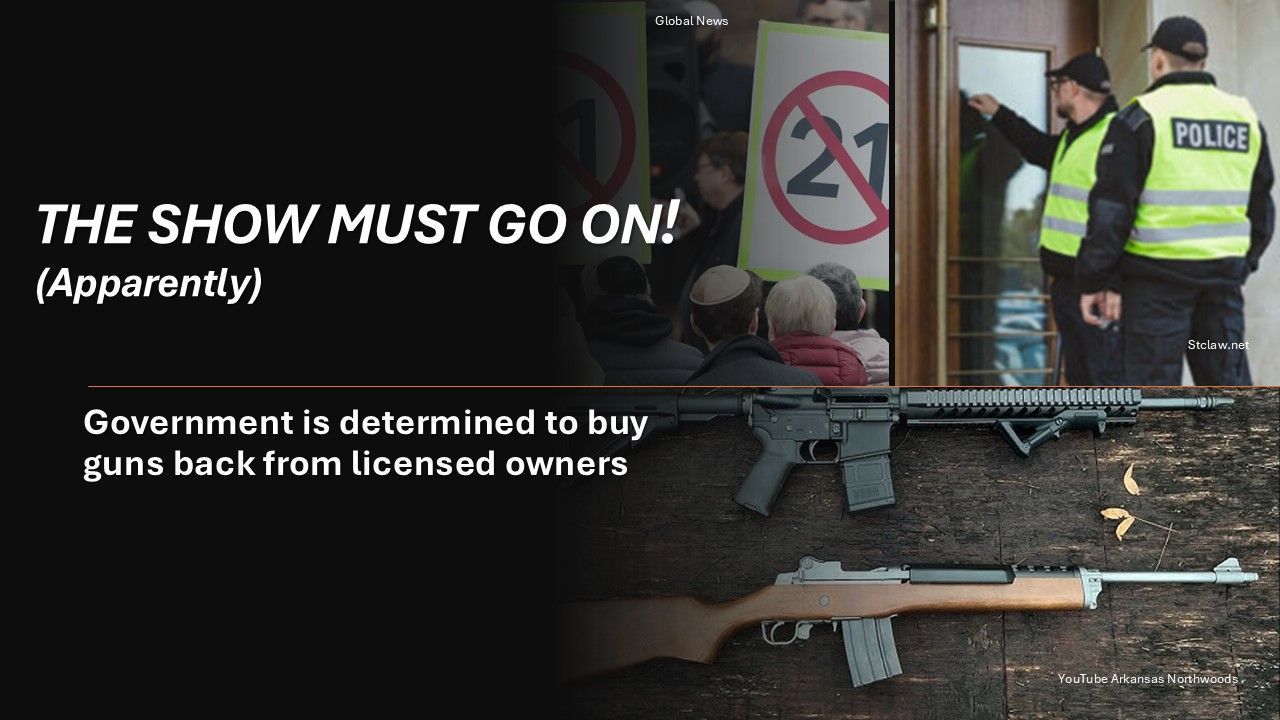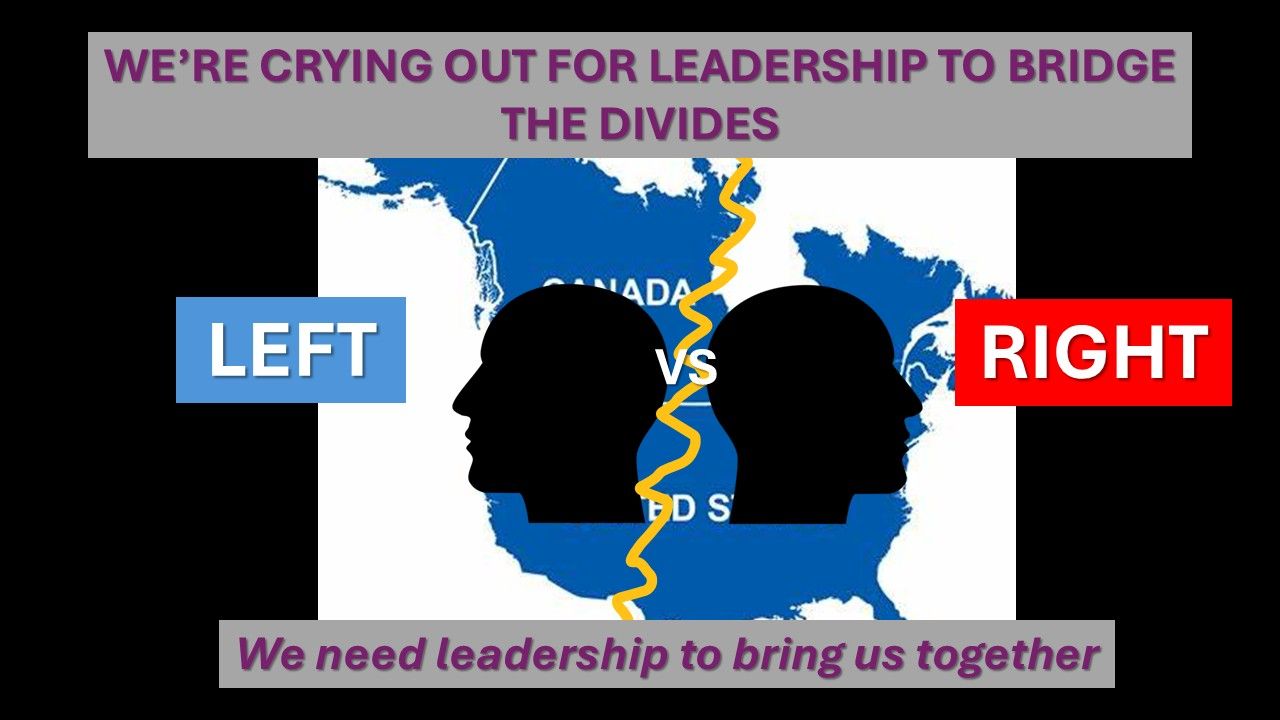New Paragraph

2022 was an interesting year in Canada, on a number of fronts, but for me, protests, senseless deaths, inquiries and legislative controversy dominated my world as CTV News’s Public Safety Analyst.
Here is a look back at some of the stories that stand out, listed chronologically:
1. The anti-government Freedom Convoy protests, which seriously disrupted some Canada-U.S. border crossings and a few major cities – most predominantly Ottawa, started 2022 off with serious challenges for law enforcement and all levels of government, and considerable public debate. Poor analysis of police intelligence and the lack of a solid strategy and pre-positioned resources to prevent the largest of the protests from taking root in the nation’s capital, led to weeks of playing catch-up. After the blockades in Windsor Ontario and Coutts, Alberta were dismantled by police, officers came to Ottawa in droves and eventually ended that mess as well. The Liberal federal government invoked the never before used “Emergencies Act” during the days between the police action in Windsor and Coutts and the Ottawa operation, claiming the legislation was requested by police, leading many to believe that act saved the day. The reality of that connection remains unclear.
2. The ongoing Nova Scotia Mass Casualty Commission into the horrendous 2020 mass murder there uncovered a number of failings on the part of the RCMP in terms of their operational response to the shooting as well as media, public and inter-agency notification processes. Quite significant details also emerged as evidence showed the RCMP Commissioner had directed investigators to publicly release specific details as to the makes and calibres of the firearms used by the killer against the wishes of the Nova Scotia RCMP leadership. This raised allegations and some denials regarding the federal government pressuring Commissioner Brenda Lucki to push for public disclosure of the firearm particulars in an effort to further their legislative agenda. We may never know the complete details with this situation, but it did not paint a good picture of the RCMP commissioner or her government masters in my view.
3. The subsequent legally-mandated hearing into the enactment of the Emergencies Act during the Freedom Convoy highlighted a number of lessons-learned from policing and local government perspectives, as well as critical disconnects between and within police and government agencies. It also became clear that although police leaders agreed it helped, they had never requested the legislation, claiming they finally had a robust plan formulated as well as sufficient resources to implement it, and still had a number of existing authorities and enforcement options available to them. Once again, apparent communications failings between the RCMP commissioner and the Liberal government loomed large, but in this case the Prime Minster and other key advisors and ministerial staff essentially threw Commissioner Lucki under the bus in their evidence. Following weeks of testimony and submissions, Justice Paul Rouleau is currently preparing his findings into the matter.
4. A September stabbing attack on the James Smith Cree Nation in Saskatchewan resulted in 12 dead, including the two brothers responsible for the slayings. A number of community members were also injured. It required a significant response and then man-hunt for the killers, involving the RCMP and a number of municipal police services. Police communications and notification protocols worked very well throughout the massive operation and agencies seemed to effectively work shoulder-to-shoulder.
Related Stories
- OpEd: Recent police deaths highlight the need to support grieving frontline officers
- OpEd: A former OPP commissioner on what he would say to grieving officers following recent line-of-duty deaths
- OpEd: Was Emergencies Act invoked without justification?
- OpEd: Emergency Act inquiry serves as a reminder of the need for better provincial legislation
- OpEd: Police response to Texas school shooting was failure of epic proportions
5. Four Canadian police officers were murdered in incidents occurring within weeks in the fall of 2022. The victims included a Toronto Police Constable; two South Simcoe Police constables; and a RCMP constable in Burnaby, BC. A fifth constable from the York Regional Police was killed by an impaired driver while commuting to work, during that same tragic period. It was a very difficult and emotional time for Canadian police officers, undoubtedly resulting in some questioning their career choice, families of officers growing increasingly concerned about the safety of their loved ones and many communities growing more vocally appreciative of their police officers. I remain confident that although public criticism of police seemed to be growing over the past few years, communities still largely value and trust their police. Our officers will resiliently move forward and continue to do what they do so well – bravely protect the public.
6. The latest amendments to Canada’s Bill C-21, the legislation originally focused on banning legal handgun sales in Canada, will make a number of rifles and shotguns that were previously legal within the parameters of our gun legislation, illegal. Hunters and sports-shooting advocates are understandably very concerned about the changes, given that statistically these guns are not a threat to public safety. Assault rifles and large-capacity magazines are already illegal, so it’s an ill-conceived stretch in my opinion to claim this expensive proposed ban of long-arms is a realistic approach to saving lives, any more than it would be to ban knives or cars. Additionally, the proposition of banning legal handgun purchases and sales makes no sense either, given our already robust handgun laws. None of this legislation will impact the real threat – smuggled handguns from the U.S.
7. Just prior to Christmas, a condo-owner north of Toronto shot and killed five residents of his building, in what may be the result of his long-simmering bad feelings towards the condo board there. Responding police took the gunman’s life on their arrival. There are many unanswered questions at this point as police and the SIU conduct their investigations, including the motive; the mental health issues involved; the origin and legality of the firearm used; and what in hindsight might have been done to prevent this tragedy from occurring.
And last but far from least, I no sooner submitted this article when I learned of the murder of OPP Constable Grzegorz Pierzchala in Haldimand County. A young, promising police life taken and it breaks my heart. More to come on that tragic story.
Wishing all a wonderful and safe holiday season and prosperous 2023. Please thank an emergency responder when you can and pray for their safety every day of the year ahead.
Chris Lewis served as Commissioner of the Ontario Provincial Police from 2010 until he retired in 2014. He can be seen regularly on CTV and CP24 giving his opinion as a public safety analyst.




